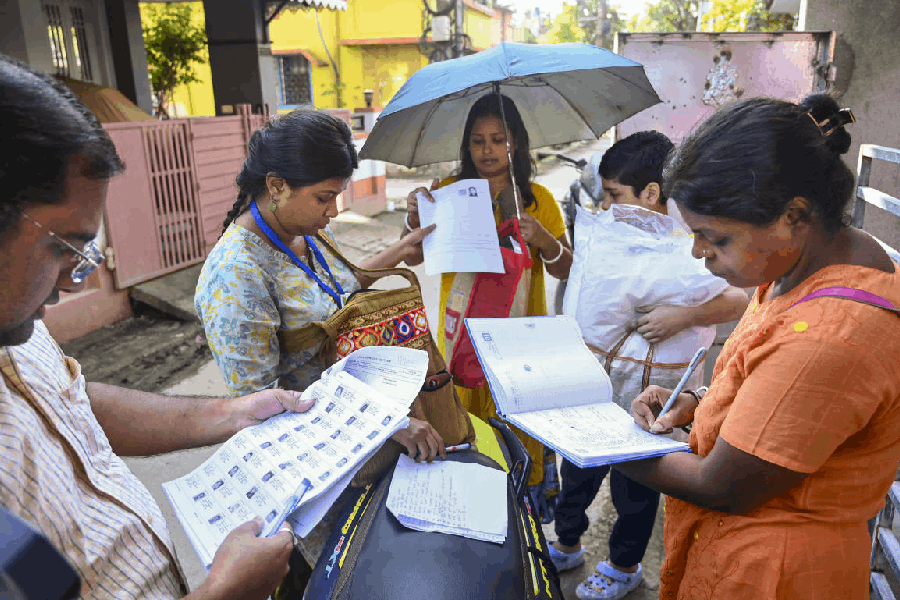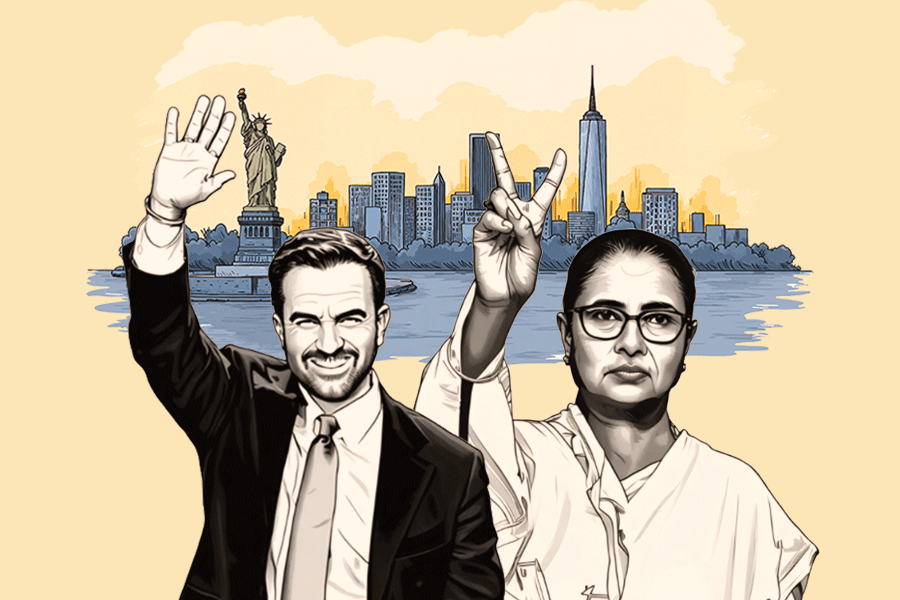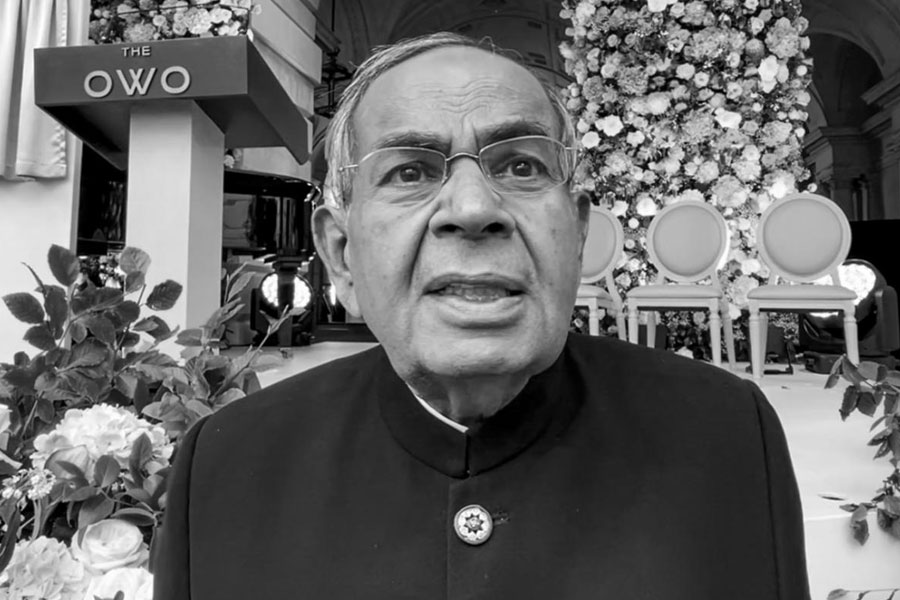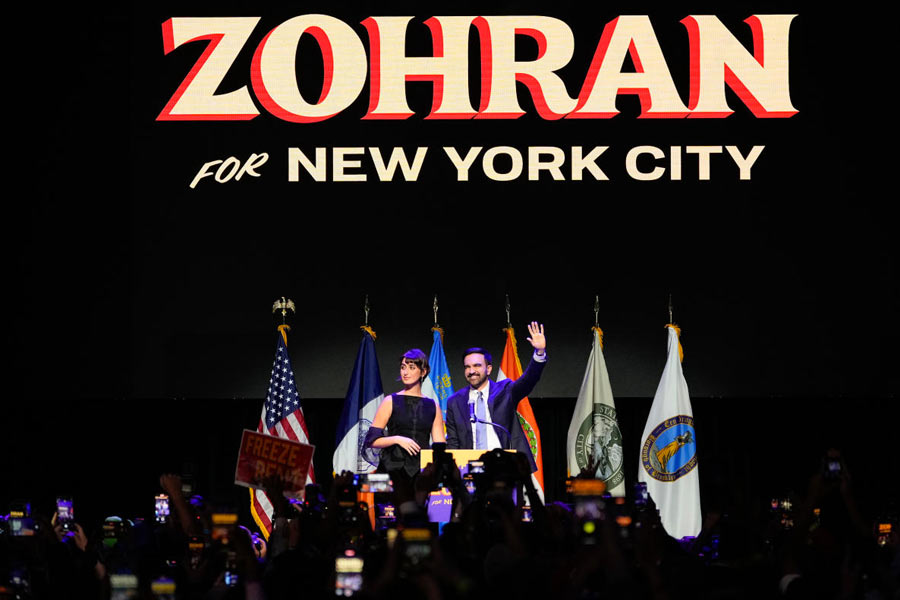 |
It is an irony that would have been hilarious if it were not for the gravity of the situation. On the website of the Indian Oil Corporation (IOC), the company is proudly proclaiming that it has won four oil industry safety awards. The only mention of the murder of 27-year-old area sales officer S. Manjunath is an item lifted from the newspapers saying that the IOC has decided to provide security to its field staff.
In the media, however, this one incident has had at least a hundred times more newsprint devoted to it than that given to all of IOC’s achievements over the past few years. And coming into the limelight is the issue of job risk.
“Many jobs have risks attached,” says Mumbai-based HR consultant Shashi Rao. “You need to go into them with your eyes open. I am sure Manjunath had no clue what he was getting into when he joined the IOC.”
But even the most dangerous jobs in the world have to be done. The real point is that the compensation has to be adequate to cover the risks. There has been a lot of fuss in the past because of the “extortionate” rate companies are charging for doing reconstruction work in Iraq. But they are being paid for the risk they take.
There are anomalies, of course. CorpWatch reports that while Kellogg, Brown & Root pays around $100,000 annually to its truck drivers and construction workers in Iraq, Jing Soliman of the Philippines can expect just $615 a month for the same job. CBS News has featured Indian cooks being sent to Iraq (they were told they were going to other parts of the Gulf) on a $400-a-month package. The media has been shouting exploitation. But the cooks themselves have few complaints.
The US, where everything is laid down in rules and regulations (though often not followed), has a ratecard for Danger Allowance. This is issued by the office of allowances which comes under the department of state standardised regulations. The Danger Allowance is at 25 per cent (the maximum) for countries such as Iraq, Afghanistan, Pakistan, Somalia and Saudi Arabia. India does not figure on the list. There is also Imminent Danger Pay, where again India does not figure.
According to jobs portal Monster.com, the risk varies widely from country to country. And you can’t go by the information the US state department trots out. “ Monster says that the danger spots are West Asia (particularly Iraq, Jordan and Israel), large parts of Africa (which are soft targets) and some countries in Asia (Indonesia, Thailand, Malaysia, Pakistan and Afghanistan).
In India, risky jobs don’t necessarily attract higher pay. In many places, the concept has been reduced to a farce. Some time back the Himachal Pradesh chief minister announced a Danger Allowance for all technical employees of the state power board. The amount: Rs 50 a month. “A Danger Allowance or risk pay is just part of your package,” says Rao. “It does not mean anything.”
Infosys has just bought a Rs 6,000 crore (sum assured) cover for its employees from the Life Insurance Corporation. This is the largest group insurance policy in the world. “But it’s an exception,” says Rao.
She says there is only one way of evaluating if the job has unacceptable risks: Check out what the company has done for victims in the past.
 |











